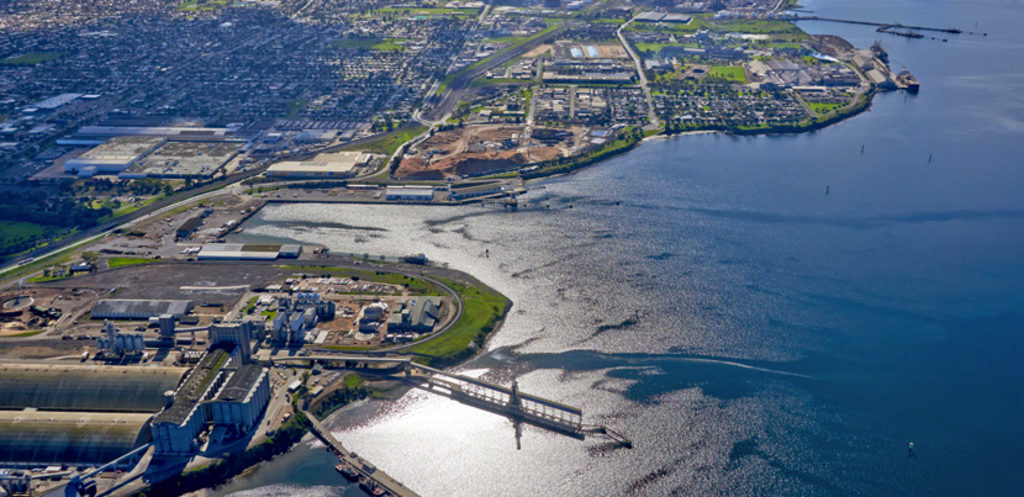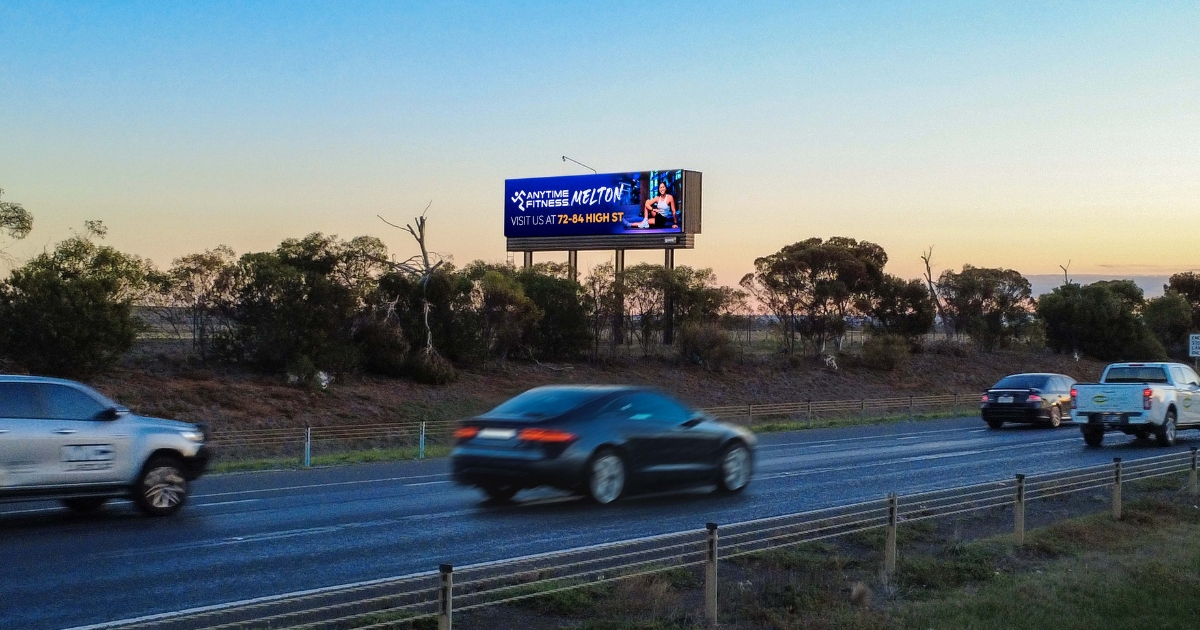New ports strategy will not deepen Geelong channels

Left to right: (Newcomb) Anthony Altman, Scott Smith, (Bell Park) Joshua Storm, Peter Robertson, (Geelong West) Sean McKenzie, Sarah Naylor, (St Joseph's) Joshua Smith and Jai Smith. Photo: VINNIE VAN OORSCHOT
THE state government has not included dredging the channels leading to the Port of Geelong in its new strategy as the cost would not be worth it, but is happy for the private sector to consider the job.
Minister for Ports and Freight Melissa Horne officially released the Victorian Commercial Ports Strategy at the 1915 restaurant in North Geelong’s Pivot City precinct last week.
The 30-year framework will ensure an efficient and productive ports system is the result of an independent review of the Victorian Ports System, with port authorities, transport operators and industry groups providing insight and feedback.

It covers Victoria’s four commercial ports: Melbourne, Geelong, Hastings and Portland.
The Port of Geelong – which is privately owned and operated as GeelongPort – is Victoria’s second-largest port and a hub for both dry and liquid bulk products.
The main channels to the port from Port Phillip Bay have a declared depth of 12.3 metres, and the strategy noted some Port of Geelong users identified increased channel depth as critical to driving trade development of their future business.

Ports Victoria investigated the feasibility of optimising the Port of Geelong channels, and found “while technically feasible, deepening or widening the channel would be costly and, critically, the benefits would likely support only a small number of specific port users who would not be able to finance the cost of the project individually”.
“This analysis concluded that without significant increases in trade volumes that would benefit from greater depth, it is not justified for the state government to progress further work at this time to deepen the Geelong channels.”
GeelongPort’s trade is expected to continue to grow, and the strategy states new trades to the port, including the Spirit of Tasmania service scheduled to begin later this year, will be a factor in deciding what the port’s optimal channel capacity should be.
“As such, it is important for Ports Victoria to continue to monitor the investment case over time should conditions change,” the strategy stated.
“The government would consider any market-led proposals to deepen the Geelong channels based on the commercial merits at that time.”
The strategy also confirms the indicative location of Bay West, Victoria’s future second container port, as being west of the mouth of the Werribee River, just beyond the City of Greater Geelong’s north-east border.
“We’re driving the biggest ports reform program in Victoria in decades – with this strategy critical to protect the future of our commercial ports and achieve a sector that’s responsive to market demands,” Ms Horne said.
“This strategy will ensure our ports operate in an efficient and productive way to support the system, meet the needs of all Victorians and continue to grow our economy.”

















